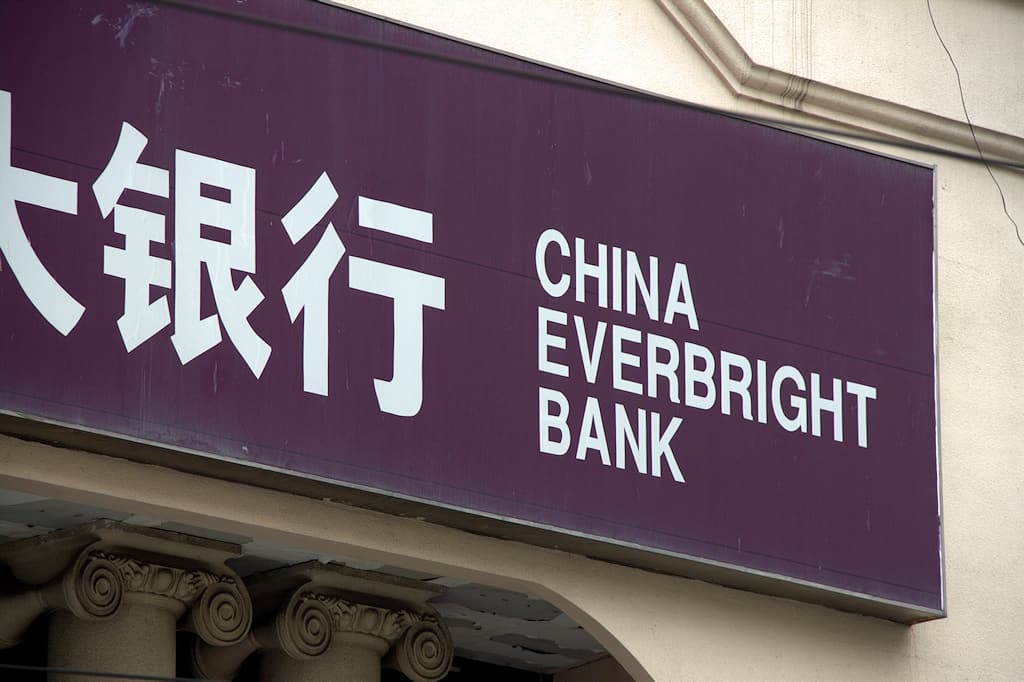Xi Jinping’s One Belt One Road initiative has emerged as key means for the Bank of China (BOC) to advance its overseas expansion plans.
BOC endeavours to shore up position as China’s chief overseas lender
BOC is the one Chinese bank that possesses the greatest overseas reach, with nearly 600 foreign branches in 51 different countries.
Over the past several years BOC has sought to further cement its position as the overseas lender of choice for Chinese companies is need of financing abroad.
BOC’s overseas assets and loan scale surged by nearly 50% per annum on average during the four year period from 2013 – 2016, as compared to 30% growth for the group’s operations as a whole.
Overseas assets as a percentage of total assets rose from 23% to 27%, while overseas loans lifted their share of the total from 19% to 23%.
In 2016 BOC’s new corporate loans overseas exceed those issued domestically for the first time, a development which the bank’s executives view as a key milestone the internationalisation of its operations.
BOC expands overseas via Silk Road Initiative
The Silk Road Economic Belt and 21st-century Maritime Silk Road Initiative launched by Xi Jinping seeks to foster cooperation and trade between China and as many as 60 different nations spread across Central Asia and Southeast Asia, as well as East Africa and Oceania.
In the three years since it was first unveiled over 30 countries have executed intergovernmental co-operative agreements as part of the initiative, with a view to improving economic and trade relations with China.
BOC has made a concerted effort to upgrade its overseas operations in tandem with the growth of the One Belt One Road initiative, and take advantage of the myriad opportunities that increased foreign investment by Chinese firms is expected bring.
BOC already laid the foundations for future overseas growth at the start of the decade, with the establishment of branches in the key trade and financial hubs of London, New York and Singapore.
Qiu Zhikun, the head of BOC’s Singapore branch, expects the bank to extend between USD$15 billion to $20 billion to One Belt One Road projects over the next three years.
The growth of the One Belt One Road initiative has already enabled BOC’s London branch to expand its role from being facilitator of Sino-UK trade to becoming an increasingly important player in regional markets.
BOC’s London branch took a leading role in the provision of a total of USD$4.7 billion in finance for the construction of gigantic oil refinery in the Saudi Arabian port city of Yanbu in 2014.
The Yanbu refinery commenced operation on 20 January 2016, and is the largest Chinese investment in Saudi Arabia, as well as Sinopec’s first overseas joint-venture refinery.
Not only did BOC’s London branch serve as lead banker for the loan, it was also the only China-invested bank amongst the several dozen international lenders that participated in the syndicate.
BOC is also establishing branches in other financial centres in order to fully benefit from the opportunities that One Belt One Road will bring to regional economies via the expansion investment and trade with China.
In 2015 the People’s Bank of China designated the Johannesburg branch of BOC as the first Renminbi settlement bank in Africa, as part of efforts to advance the currency’s internationalisation.
BOC’s Johannesburg branch has reportedly extended 27 billion rand (approx. USD$2.05 billion) in credit to nine different African countries, for projects in the coal, energy, infrastructure, media and trade sectors.



